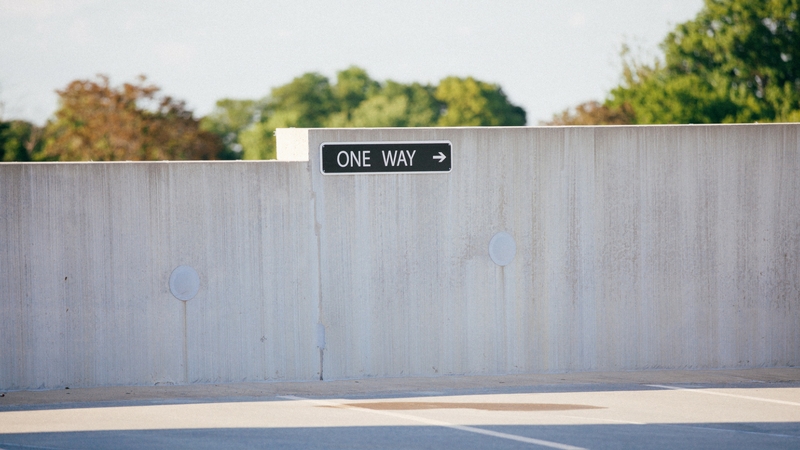Obstacles
Episode #7 of the course Where good ideas come from by Jeff Brunski
The struggle is real. We all face hardships, big and small, in our professional and personal lives. The silver lining is that great ideas actually thrive in situations of great difficulty. This lesson will explain why and offer insights into dealing with obstacles in creative and innovative ways.
Obstacles Breed Creativity
The Obstacle Is the Way is a book by Ryan Holiday, a popular author and blogger with a number of bestsellers. It may be his most enduring work because its thesis is so universal: Rather than preventing progress and growth, obstacles are actually the mechanisms for progress and growth.
How is this relevant to generating great ideas? In a similar way, obstacles and difficult situations are actually quite useful environments for creating new ideas. Indeed, creativity is often sparked when some constraint, challenge, or obstacle forces us to think differently and come up with a great new idea.
Many great ideas and major innovations in history were enabled due to some challenge or difficulty. Talk to anyone who has worked for a startup, and you’ll hear, “We just didn’t have the money to do it the normal way, so we had to come up with a different idea.” Studies have shown that constrained thinking can be just as creative—if not more creative—than unconstrained thinking.
Why Obstacles Work
One explanation is that without constraints, it can be difficult to even begin. Consider how easy it is to edit a piece of writing as opposed to writing that first sentence on a blank page. Constraints also help focus our creativity into a much more narrow scope. It’s easier to solve a single, urgent challenge than to solve ten similarly prioritized issues.
How to Design for Obstacles
Here are a few things you can do to come up with more good ideas, specifically relating to obstacles and constraints.
Embrace it. This is a simple attitude change. Rather than seeing obstacles and constraints as burdens, view them as opportunities. View them as useful tools. Sometimes this change in outlook is all it takes to get off on the right foot toward good ideas. “Constraints are often advantages in disguise.”
Learn from failure. Depending on how you look at it, failure is either one of the largest obstacles to success or (quite literally) the opposite: the way to success. For creative and innovative thinkers, failure is learning. As such, failure should be recognized as a major source of new ideas.
Give yourself deadlines and constraints. Imposing deadlines on ourselves is a highly useful method for motivation, but it’s also useful for creativity. In many cases, a deadline helps focus the mind on the heart of the problem, and this change in perspective can spark new thinking and creativity.
Imposing constraints requires a little more work, but the end result is the same. Common constraints are budgetary (how can I solve this for half the cost?) or method (how can I solve this using other tools?).
Summary
Thinking of obstacles as opportunities rather than impediments reorients our mindset, which is often just what is necessary to get a fresh perspective on a problem. Constraints are not restrictive to creative thinking—they facilitate it. Embrace constraints and learn to dance with them.
Next lesson is about “Cross-Pollination.”
Recommended reading
Recommended book
Share with friends

